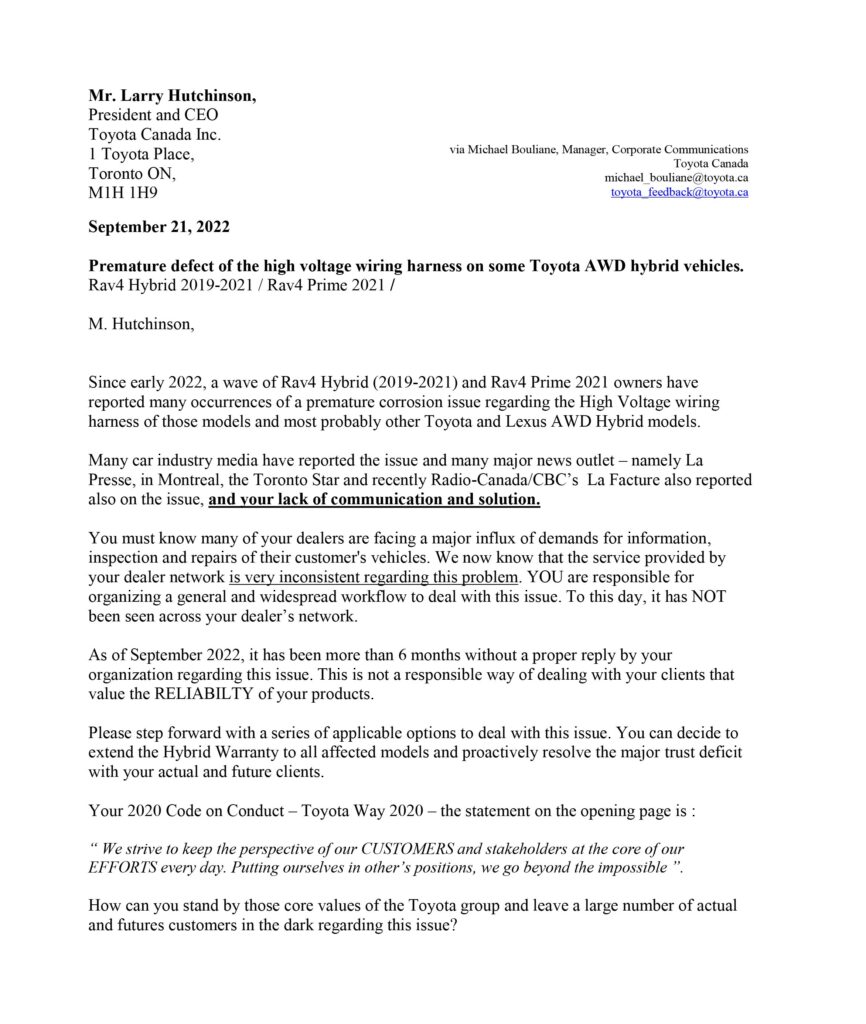
The APA has received a small number of troubling complaints on 2019-2020 RAV4 Hybrid SUVs. Some owners of these relatively new vehicles have reported hefty repair bills in the range of $4,200-$6,500 to replace the cable that sends the power to the electrically-driven rear wheels. As you can see from the images, the connector at the end of the cable rots out because it is vulnerable to road salt and humidity. The cable is covered only by the short 3 year/60,000 km basic warranty, unlike other components of the hybrid system which Toyota guarantees for 8 years or 10 years in some cases.
The APA has asked Toyota Canada to extend the warranty on the RAV4 Hybrid for the affected model years, as well as additional undertakings:
- A recall to inspect and install improved shielding of the wiring harness and connector.
- Reimburse customers who paid for all or part of this repair, even if they signed a release and confidentiality agreement to obtain partial compensation.
- Toyota to monitor the failure rate of this component on other hybrids with all-wheel-drive and implement a field fix or extend the warranty if they are vulnerable.
Beginning partway through the 2021 model year, an improved cable was installed at the factory, and the APA continues to recommend the RAV4 Hybrid highly. During testing, the APA actually preferred the Hybrid to the regular gas model.
Transport Canada has not found a safety concern, but corrosion of a high amperage/high voltage cable under the floor of a vehicle could conceivably carry a risk of overheating, even if the circuit is protected.
Do you own an affected vehicle? We want to hear from you! Please take a few minutes to fill out our complaint form.
The backstory
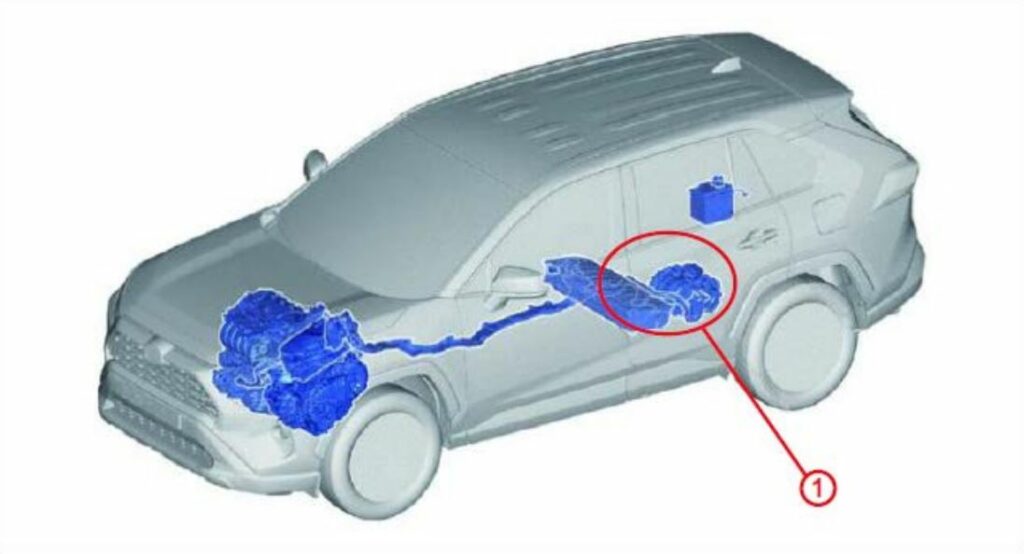
The RAV4 Hybrid was introduced for the 2019 model year. By the autumn of 2020, Toyota appears to have had concerns with the durability of the wiring harness that supplies electric power to the rear motor. Toyota USA issued a technical bulletin [PDF] informing dealers that, Some 2019-2020 model year RAV4 Hybrid vehicles may experience… a short in the MGR connector due to corrosion… This issue is currently being investigated. Confirm the cable corrosion or dirt build-up at the MGR connector and call TAS for further instruction… Please save all parts and/or details.
Two winters later Toyota Canada issued a more detailed technical bulletin [PDF] (French version only available) telling its dealers that, Certain 2019-2021 RAV4 Hybrid vehicles may exhibit an illuminated Malfunction Indicator Lamp (MIL)… The vehicle may also experience noise or distortion when listening to AM radio. These conditions can be caused by corrosion in the high voltage wiring harness under the vehicle at the rear motor-generator (MGR) connector or by dirt and debris inside the connector…
The Canadian bulletin indicates that an improved part was introduced as a running change during the 2021 model year and goes on to state that, The Toyota Base Warranty covers this repair. This warranty is in effect for 36 months from the date of vehicle warrantaty registration or 60,000 kilometres, whichever comes first. (Translation: Toyota decided to let customers pick up the tab for this premature and costly repair.)
In the two winters between the first and second technical bulletins, Toyota determined there was indeed a pattern of failures and introduced an improved part which made its way onto the assembly line during the 2021 model year. Meanwhile, as the incidence of failures increased, Toyota started cutting deals with owners who balked at the high cost of replacing the defective cable. In most cases, original owners of 2019 RAV4 hybrids are offered a three-way deal for the repair, with each party contributing a third. Toyota provides the part; the dealer contributes about 10 hours of labour at no charge and the vehicle owner pays $2000. The catch: at $2,000, Toyota still makes a healthy markup on what is essentially a sophisticated outdoor extension cord, whereas the dealer is forgoing $1,500 in chargeable repairs, and the consumer is pulling $2,000 out of their wallet.
Photos of corroded cables
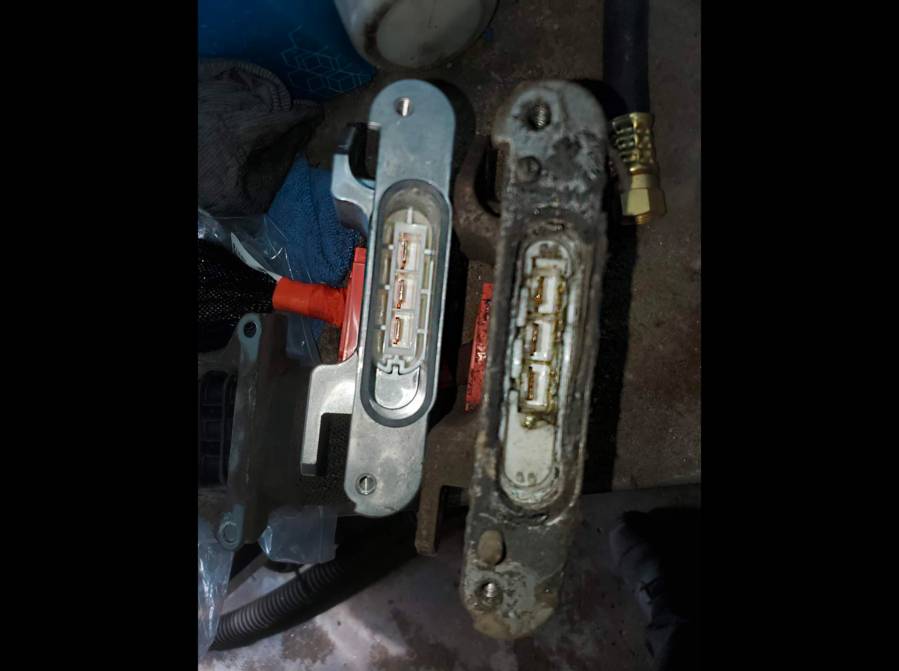
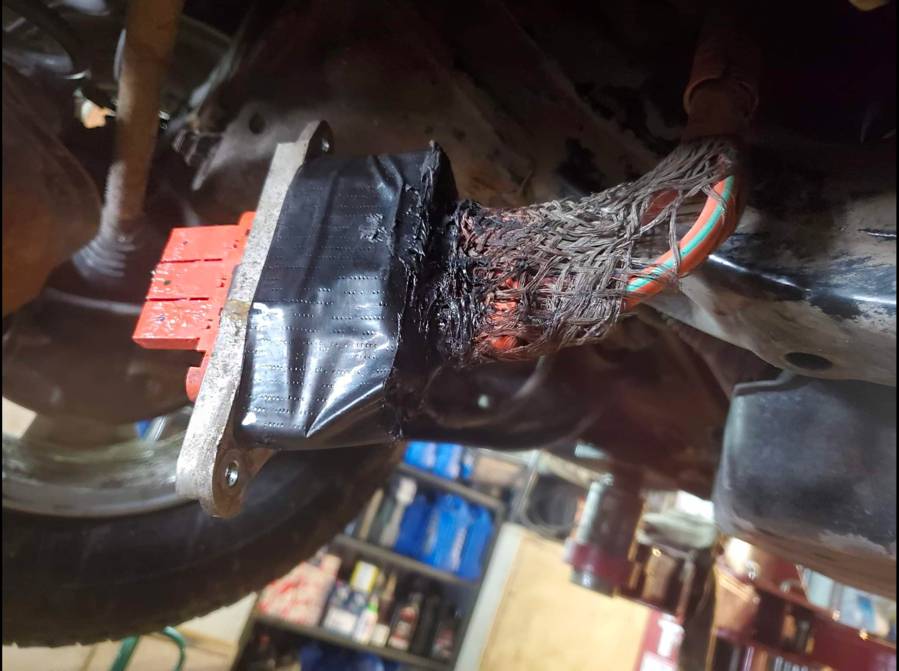
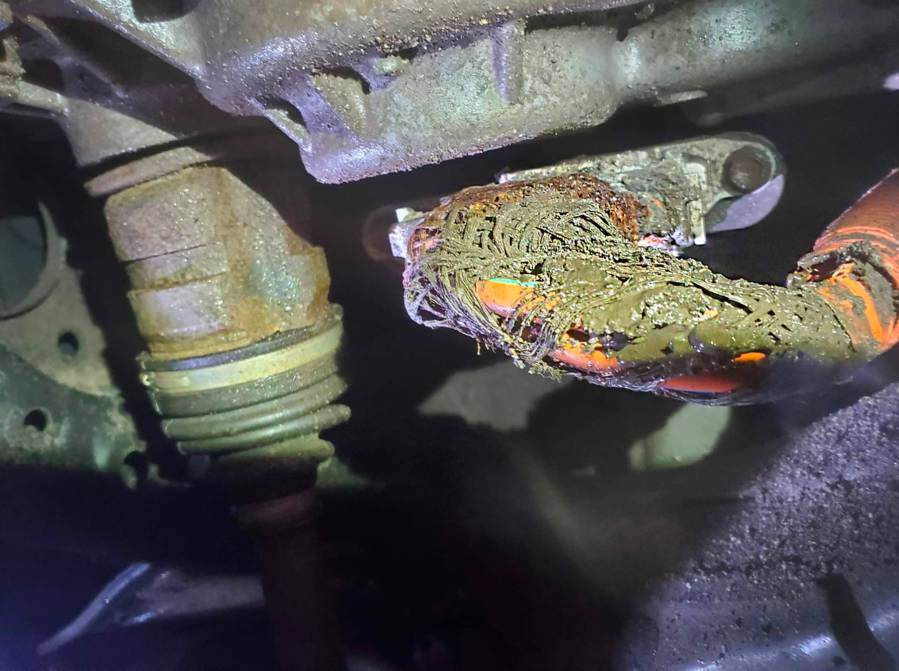
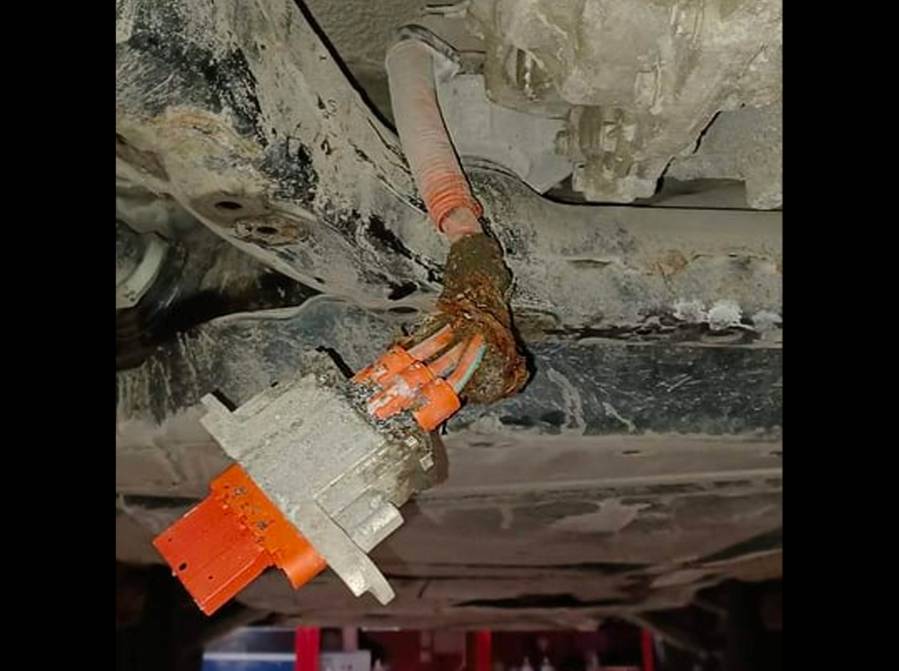
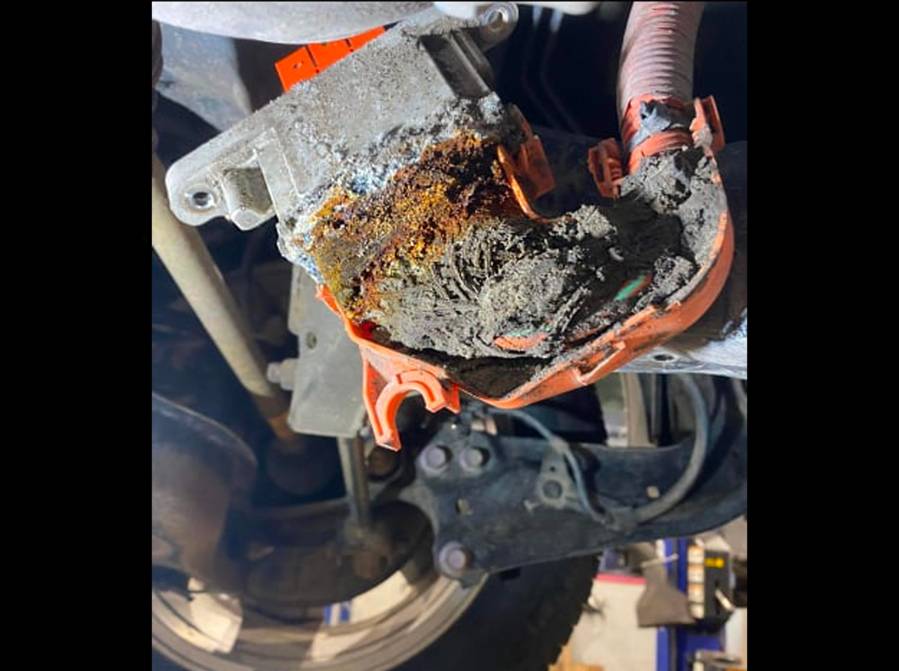
What you can do
- If you own a Toyota hybrid, have the cable inspected by the dealer just before the end of the 3 year/60,000 km warranty and ask them to take an image of what they see. There’s a good chance some corrosion is already visible, making the part eligible for a no-charge repair.
- Report the incident to the APA and include photos of the damaged components. The more complaints the APA receives the stronger our representations will be.
- Ask Toyota to cover the repair in writing. If you receive a partial offer, reserve the right to claim the rest in the event Toyota eventually comes out with a more generous public warranty extension. (As of October 2022, Toyota Canada has been covering the full cost of the repair under an internal policy communicated to dealers.)
- One consumer reported saving almost 50 percent on the improved replacement part by ordering it from the United States. That is worth looking into for an owner-paid repair.

